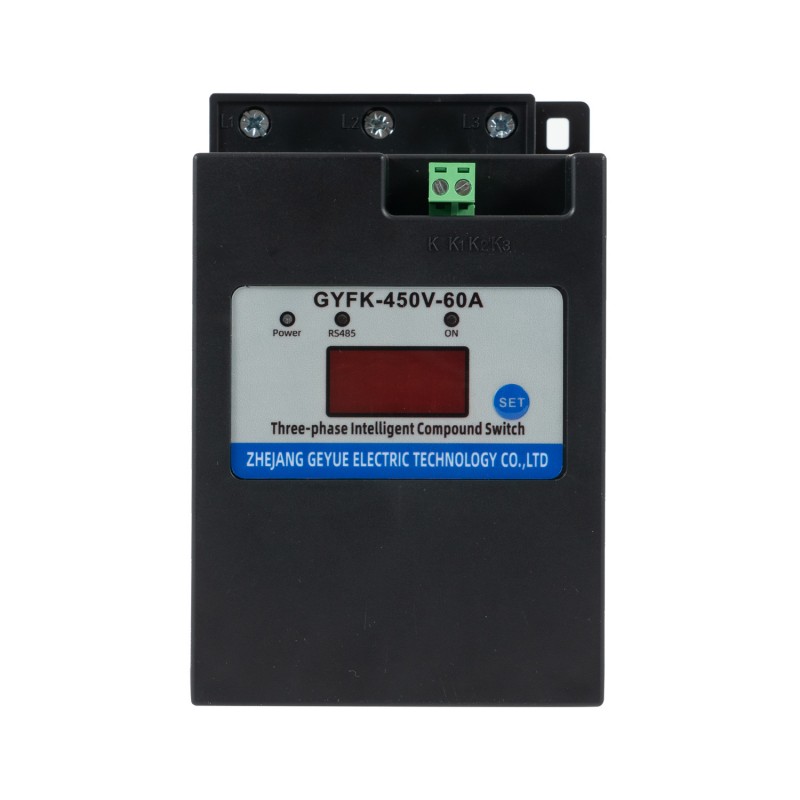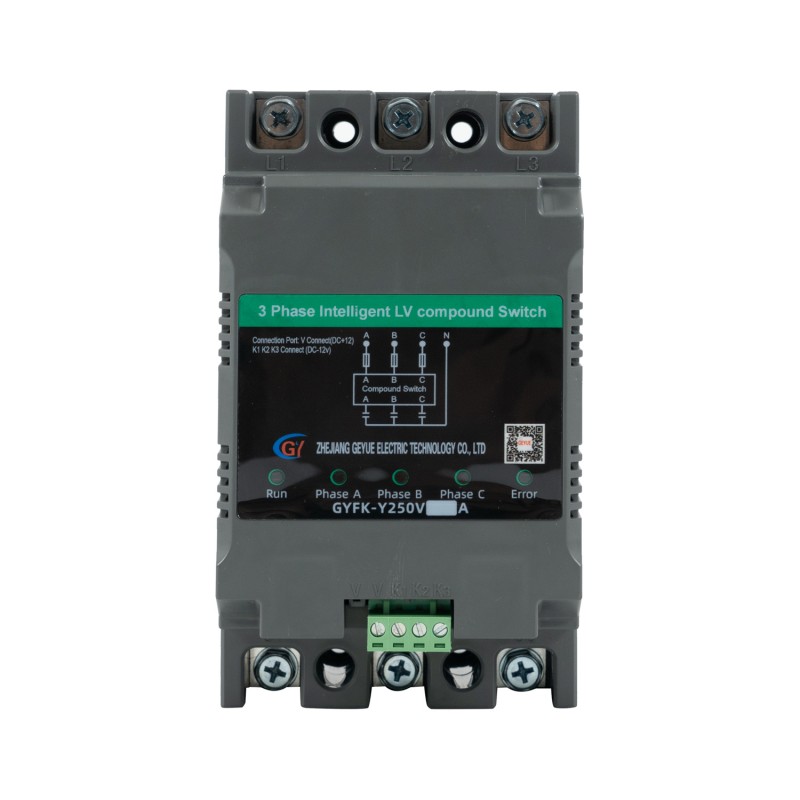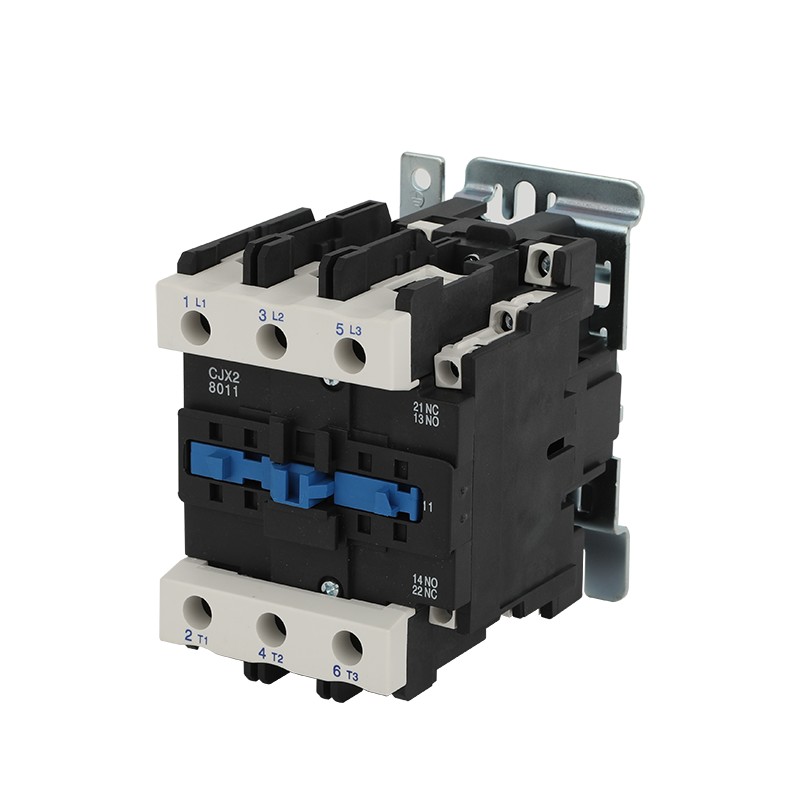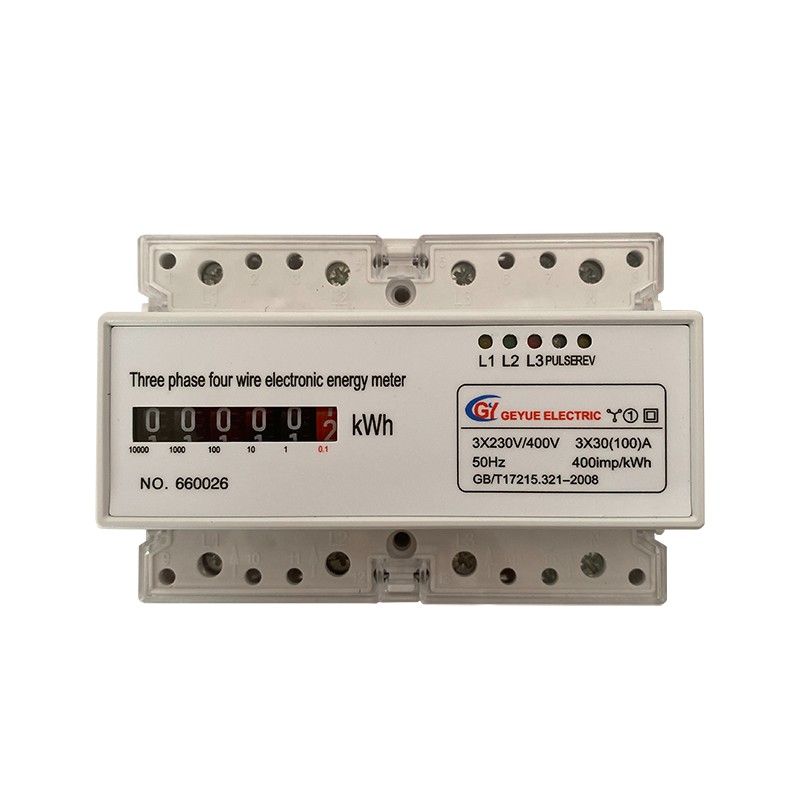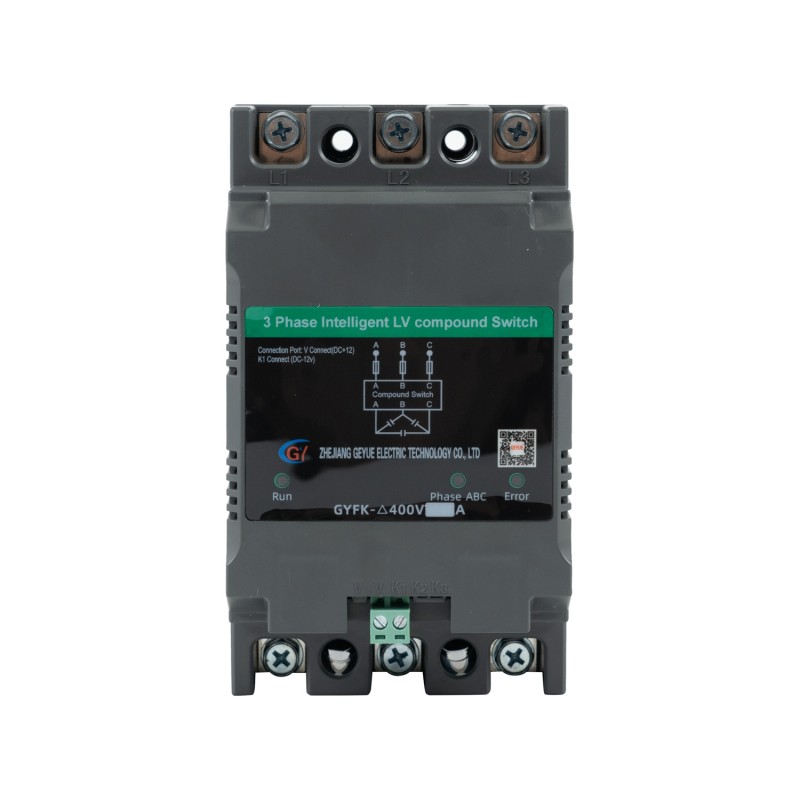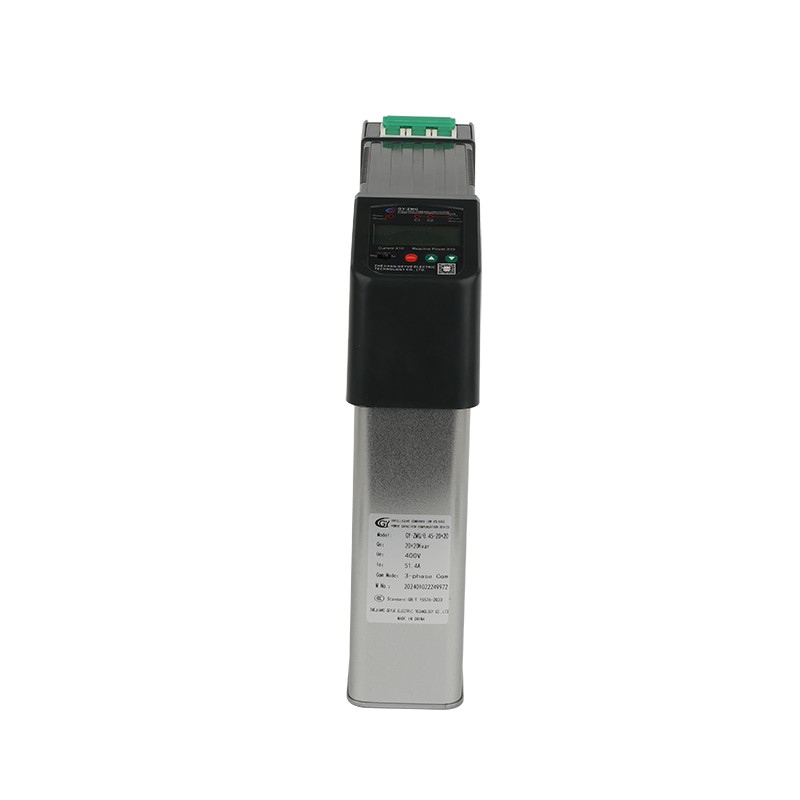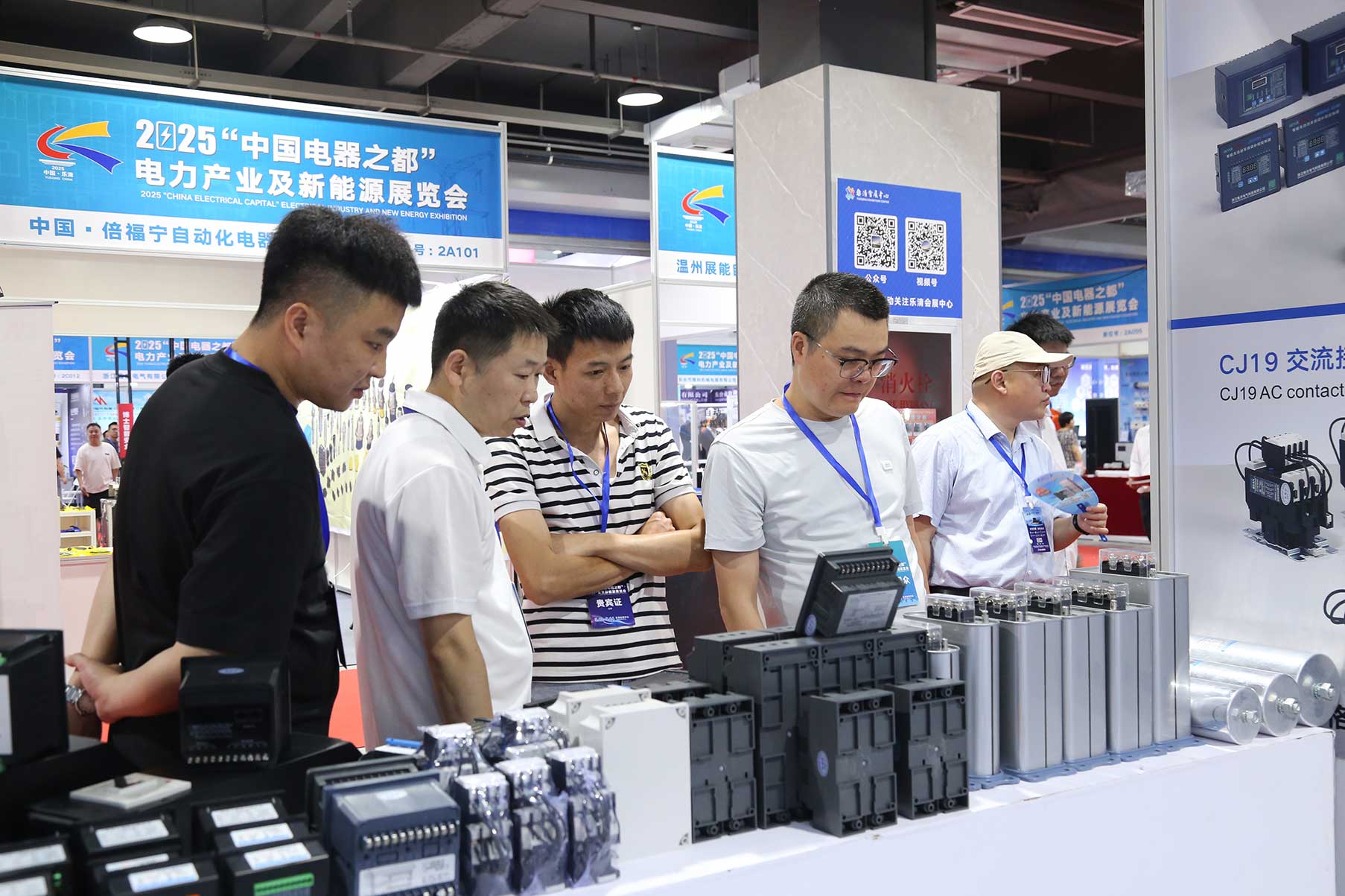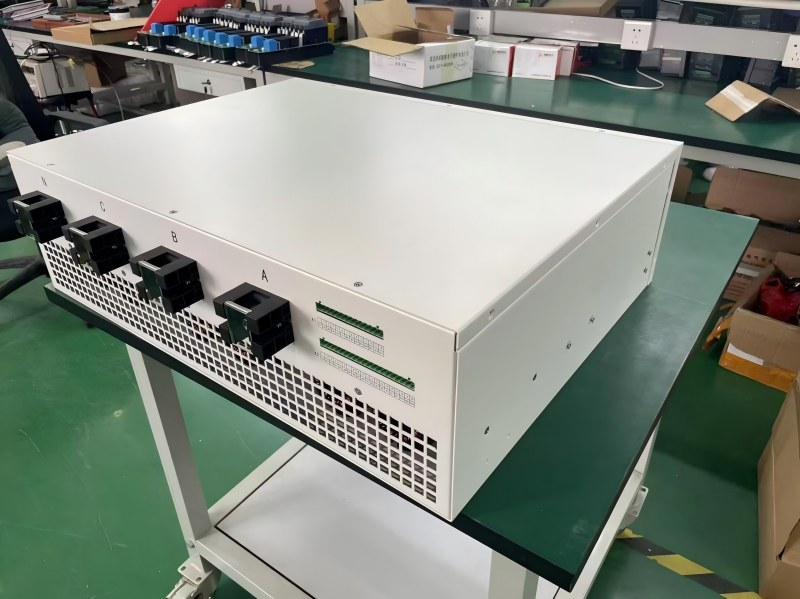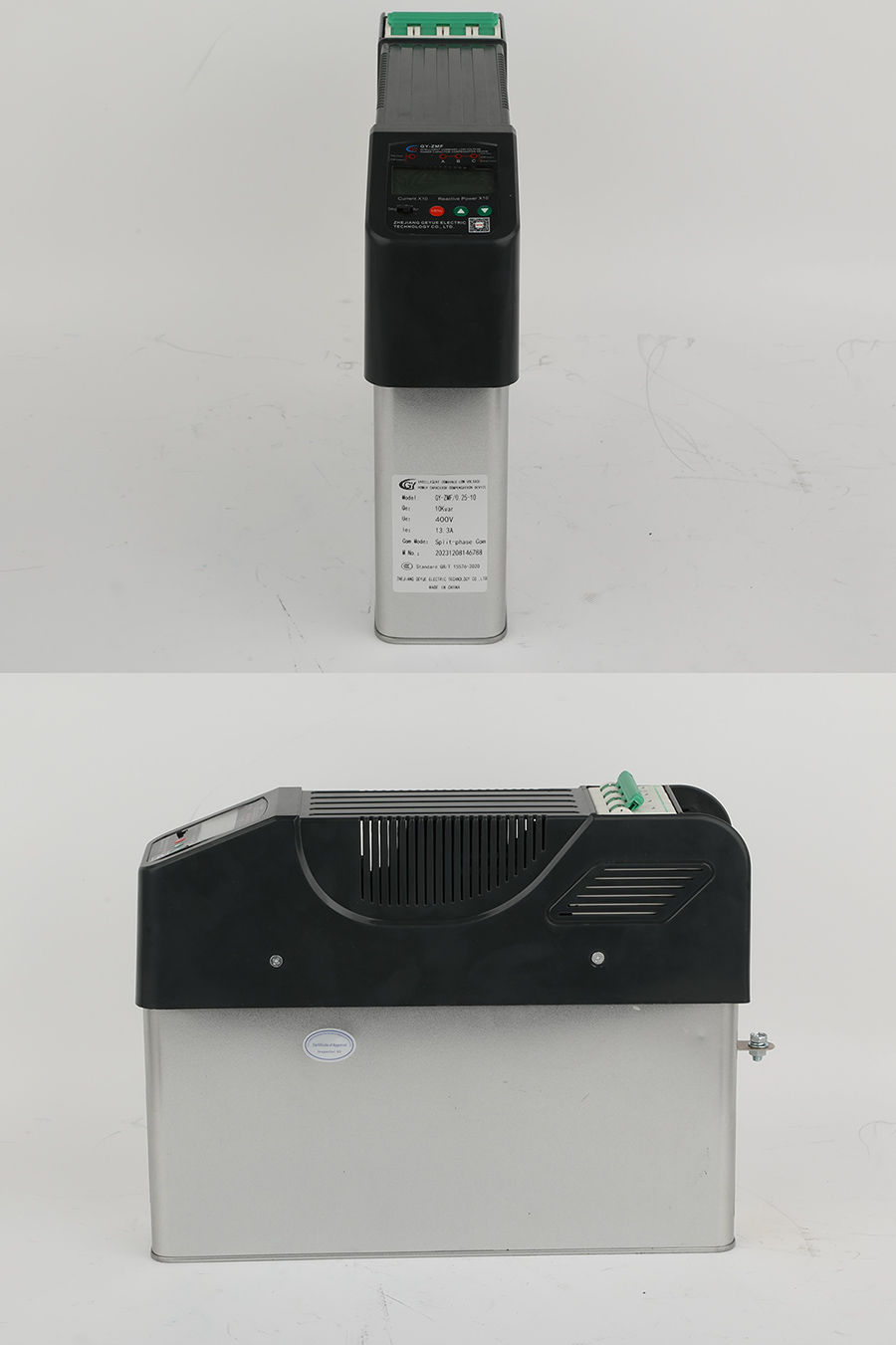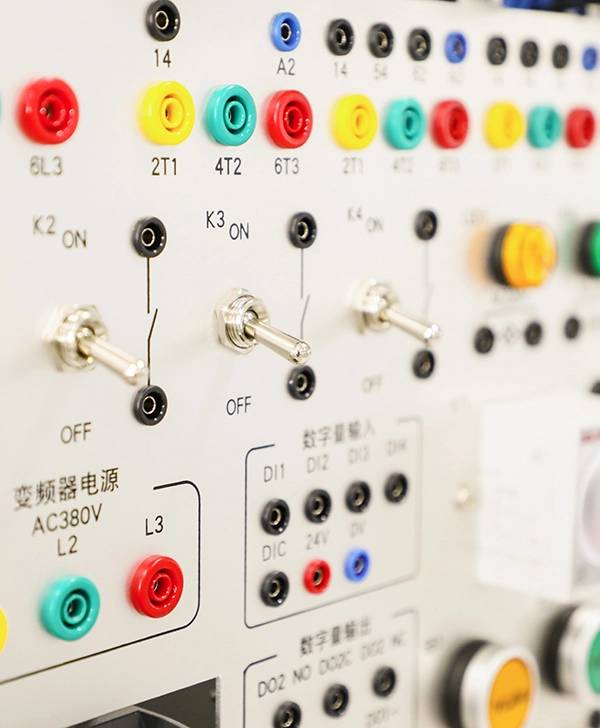With a High Proportion of Renewable Energy Connected, How do Automatic Power Factor Controller Act as Grid Stabilizers?
Introduction
As the share of renewable energy sources such as wind power and photovoltaics in the power system continues to rise, the operating characteristics of the power grid are undergoing fundamental changes. The randomness, intermittency, and volatility brought about by the high proportion of renewable energy integration pose unprecedented challenges to the safe and stable operation of the power grid. Traditional reactive power compensation control strategies are no longer adaptable to the requirements of the new power system, and more intelligent, faster, and more precise reactive power control technologies are urgently needed. As the "intelligent brain" of reactive power compensation in the power grid, the next-generation reactive power compensation controller is shifting from passive response to active management, becoming critical infrastructure for ensuring the safe and stable operation of the power grid.
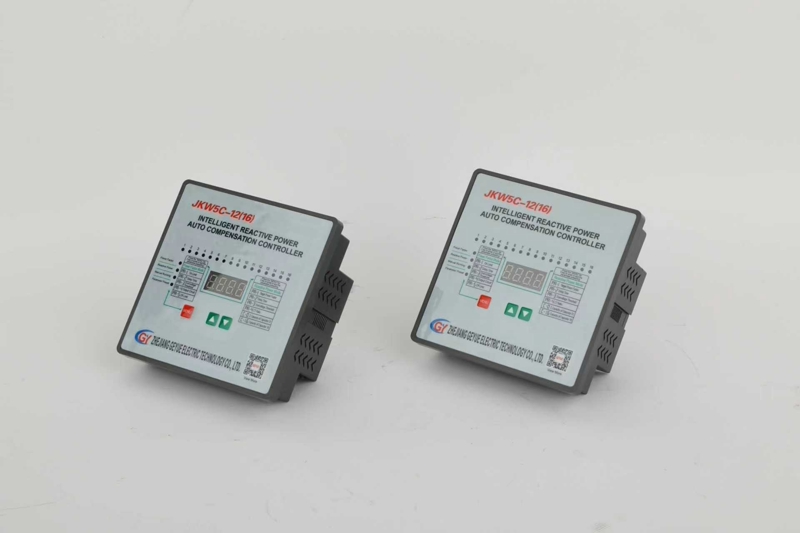
Power Quality Challenges Brought by Renewable Energy Integration
The large-scale integration of distributed energy resources such as wind power and photovoltaics has fundamentally changed the power flow distribution characteristics of the power grid. The transformation of traditional unidirectional radial distribution networks into complex active networks with multiple power sources has led to increasingly prominent voltage fluctuations. The power electronics interfaces of renewable energy generation equipment can inject specific subharmonics into the grid, causing harmonic pollution. Furthermore, the random fluctuations in renewable energy output lead to bidirectional power flow, resulting in rapidly fluctuating reactive power demand in the system. The combined effects of these factors lead to decreased grid voltage stability and deteriorating power quality, which, in severe cases, can trigger cascading failures.
Core Technological Breakthroughs in Intelligent Controllers
To address these challenges, our new-generation Automatic Power Factor Controller incorporates several innovative technologies. A detection algorithm based on instantaneous reactive power theory achieves millisecond-level response, accurately capturing instantaneous changes in system reactive power demand. Adopting international standard communication protocols such as IEC 61850, the controller enables seamless communication and data exchange with higher-level dispatching systems and new energy power plant monitoring platforms. A built-in adaptive control algorithm automatically adjusts control strategies based on grid operating conditions, achieving multi-level optimization from local compensation to regional coordinated control.
Implementation Path for Active Governance
The new-generation controller achieves a functional leap from passive compensation to active governance. By real-time monitoring of key grid parameters such as voltage and frequency, the controller can predict system stability trends and implement preventative control measures. When a voltage overshoot risk is detected, the controller proactively adjusts reactive power output to stabilize the voltage within acceptable limits. To address harmonic pollution, the controller automatically identifies harmonic spectrum characteristics, optimizes compensation strategies, and avoids harmonic amplification. The controller also features a fault ride-through function, providing reactive power support during grid faults and helping the system quickly restore stability.
Application Value in Practical Projects
In a large-scale photovoltaic power station application, our controller effectively addressed voltage fluctuations. The voltage fluctuation at the power station's grid connection point was reduced from 10.5% to 2.3%, fully meeting grid assessment requirements. In a wind farm cluster application, the controller successfully controlled regional grid voltage deviation to within 1% by coordinating the reactive power output of multiple stations. These practical applications demonstrate that intelligent reactive power controllers have become an indispensable key device for ensuring stable grid operation in environments with a high proportion of renewable energy access.
Future Development Trends and Outlook
With the in-depth development of new power systems, Automatic Power Factor Controller will develop towards greater intelligence and digitalization. The application of artificial intelligence will empower controllers with stronger learning and predictive capabilities, enabling them to cope with more complex grid operating conditions. The widespread adoption of 5G communication technology will provide the technical foundation for wide-area coordinated reactive power control. The introduction of digital twin technology will enable controllers to simulate and optimize control strategies in a virtual space, further improving system safety and economic efficiency.
Conclusion
Faced with the challenges posed by the integration of a high proportion of renewable energy, Automatic Power Factor Controller are undergoing a transformation and upgrade from traditional devices to intelligent systems. By incorporating advanced control algorithms, communication technologies, and intelligent functions, this new generation of controllers can effectively address power quality issues such as voltage fluctuations and harmonic pollution, providing a crucial guarantee for the safe and stable operation of the power grid. With the continuous advancement of technology and the expansion of application scenarios, intelligent reactive power controllers are poised to play an even more crucial role in the development of new power systems.
- Can Cylinder Self-healing Shunt Capacitor Become the Ideal Choice for the Smart Grid Era?
- Apart from Saving Electricity Costs, What Value does Low-Voltage Reactive Power Compensation Bring to Enterprises?
- How does the Temperature Dependence of a Capacitor's Capacitance Value affect the Tuning Point of a Detuned Filter Circuit?
- Is There a Non-Invasive Way to Monitor the Internal Health of Power Capacitors, Such as Their Equivalent Series Resistance (ESR)?
- What Is the Concept of "Reactive Power Banking" or "Reactive Power Dispatch" in a Smart Grid Context?
- What Are the Recycling and Disposal Plans for Self-Healing Shunt Capacitors after the End of Their Life Cycle?

